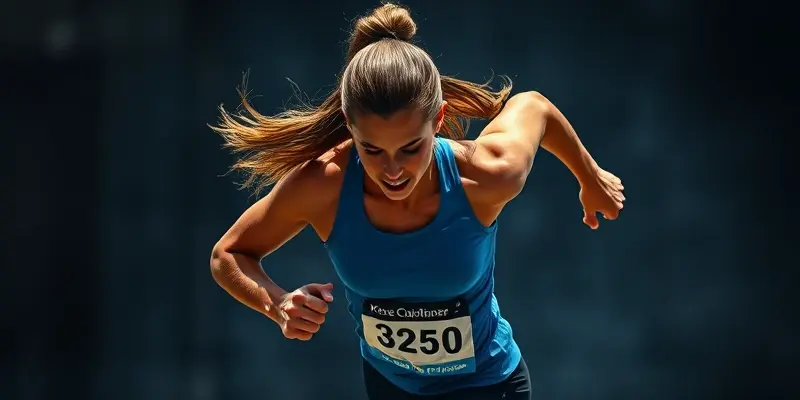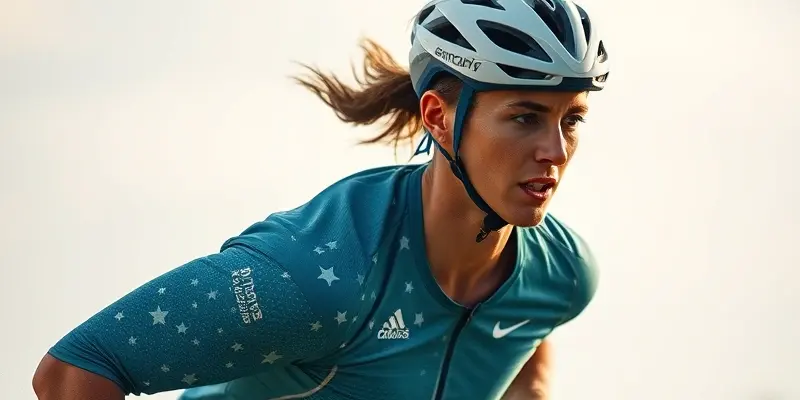Balancing Act: Using Minimalist Fitness Fashion for Effective Recovery and Injury Prevention
In the world of fitness, recovery and injury prevention are paramount. Enter minimalist fitness fashion—a trend that marries functionality with style and offers a pathway to safer, more effective training. But how can this fashion choice aid in recovery and injury prevention? Let’s explore.
Understanding Minimalist Fitness Fashion
Minimalist fitness fashion is all about streamlining your gear. The focus is on lightweight footwear and apparel that encourages natural movement and body awareness. Think of it as decluttering your workout wardrobe for a more focused and beneficial experience.
Transition Wisely
When diving into minimalist footwear, the key is a gradual adaptation. Overhauling your running style overnight can lead to problems. Instead, start with low mileage. Listen to your body’s feedback—minimalist shoes often highlight poor form, allowing for real-time adjustments. Aim for a midfoot or forefoot strike, reducing knee load and optimizing impact distribution.
Avoiding Common Injuries
Typical injuries in minimalist fitness—like plantar fasciitis or tendinitis—often stem from improper transitions. To combat this, focus on correct running form and strengthen lower leg and foot muscles. This approach minimizes the risk of strain and prepares your body for the shift in movement dynamics.
Nutrition for Recovery
Nutrition is a powerhouse in recovery and performance. Embrace a diet rich in high-quality proteins, omega-3s, and essential micronutrients like vitamin D and calcium to support tissue repair and strengthen bones. Staying hydrated and timing nutrient intake (like post-workout protein) can further enhance recovery. Consider integrating calcium for bone strength to fortify your recovery journey and help prevent injuries.
Tools and Psychological Resilience
Minimalist doesn’t mean gadget-free. Lightweight tools, such as massage balls or resistance bands, improve blood flow and mobility. Also, embrace psychological strategies: set small, achievable goals and celebrate progress. Keeping the focus simple and progressive aligns with minimalist principles and boosts resilience.
Conclusion
Opting for minimalist fitness fashion is a sustainable choice, encouraging body awareness, better form, and ultimately, a safer fitness journey. By combining thoughtful transitions, proper technique, nutritional diligence, and mental fortitude, minimalist fashion becomes not just a style, but a pathway to effective injury recovery and prevention. This approach, grounded in expertise and human-centric principles, promises a balanced and informed path to athletic success.

